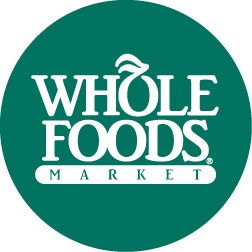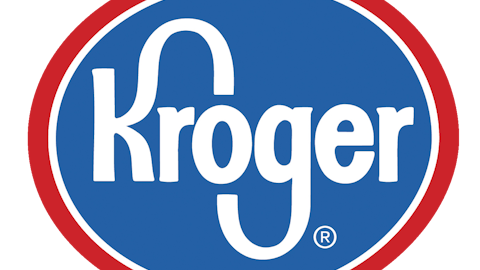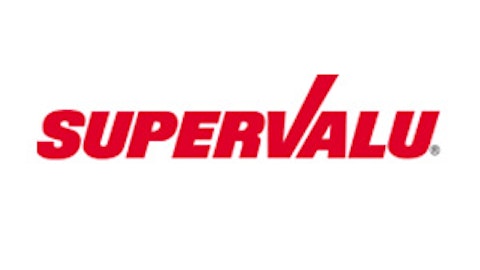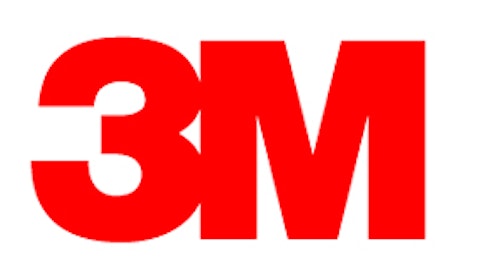With sales nearly quadrupling over the last decade, Whole Foods Market, Inc. (NASDAQ:WFM) has been quite a nice growth story, capitalizing on the trend toward healthier eating and food awareness in the U.S. Whole Foods is also one of my favorite stocks to follow around earnings season, as it has been extremely reactive to its recent earnings reports. A less than stellar report in February created an excellent buying opportunity with shares bottoming at under $41.
The very next quarter, the company surprised to the upside and shares have been on a tear since then, trading for just under $56 as of this writing. With the company’s latest report due out Wednesday, July 31, now seems like a great time to explore Whole Foods Market, Inc. (NASDAQ:WFM)and maybe some of its alternatives.

A bit about the company
Whole Foods Market, Inc. (NASDAQ:WFM) has evolved over the past few decades and is now the largest natural and organic foods retailer in the U.S., with sales of about $13 billion expected this year. The company operates just under 350 stores in 37 states, and certainly has room to grow. In fact, Whole Foods still has an aggressive expansion plan, with over 3 million square feet worth of new stores currently under development, which represents a 24% increase over the company’s current square footage.
With such a strong upside move, is it too expensive?

At the current share price, Whole Foods Market, Inc. (NASDAQ:WFM) trades for 38.6 times this year’s expected earnings, which sound like a lot, even for a growing retailer. The consensus calls for $1.72 and $2.08 per share in 2014 and 2015, respectively, for 19% and 21% annual earnings growth. Impressive, yes, but I still don’t know if it justifies the high price tag. While there are other strong points worth considering, such as Whole Foods’ great balance sheet with over $1.2 billion in cash and no debt, my general opinion is that the share price has gotten a little ahead of itself. If I were a Whole Foods investor, now would be the time to explore other options in the sector.
Alternative choices: The WhiteWave Foods Co (NYSE:WWAV) and The Kroger Co. (NYSE:KR)
For comparison purposes, I’d like to take a look at one of the companies that supplies some of the products, The WhiteWave Foods Co (NYSE:WWAV), as well as a more traditional grocer, The Kroger Co. (NYSE:KR).
The WhiteWave Foods Co (NYSE:WWAV) is another play on the organic and natural food trend, with products that include the Silk line of plant-based foods and beverages (including their almond milk which is always in my fridge), as well as International Delight, Land O Lakes, and Horizon Organic dairy products. WhiteWave just recently separated from Dean Foods, and has performed well since the separation.
The WhiteWave Foods Co (NYSE:WWAV) trades for 27.1 times this year’s earnings, and is projected to grow its earnings by 18% and 16% over the next two years, similar to Whole Foods Market, Inc. (NASDAQ:WFM). However, WhiteWave doesn’t have quite as attractive of a balance sheet, with a considerable amount of debt. It’s not a bad one by any definition; it just explains the difference in valuation between the two.




